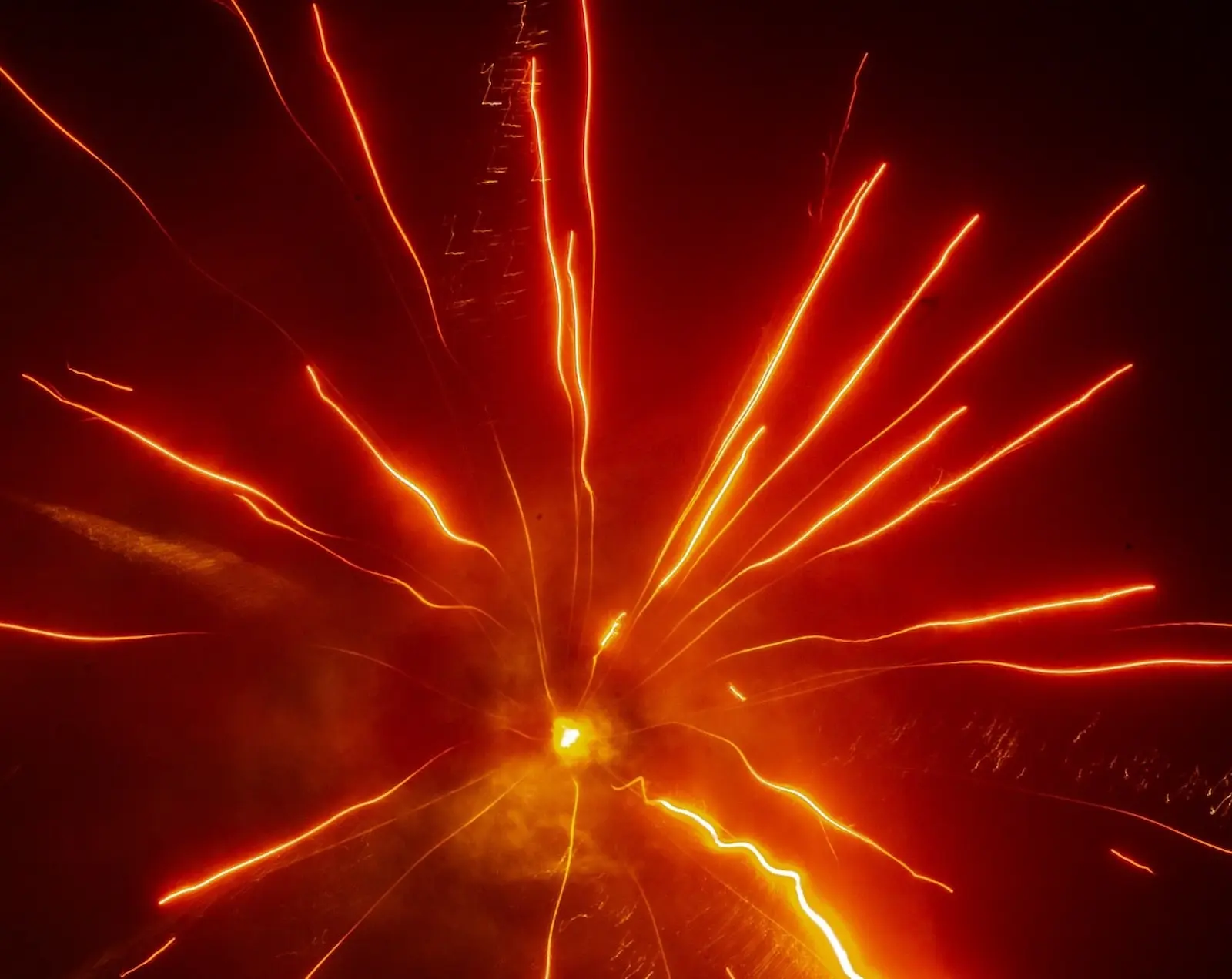Is neurodivergent the new neurotypical?
Have you noticed the surge in the use of terms like “neurodivergent” or “neurotypical” lately? These words seem to be popping up more frequently in conversations, leaving us wonder – is neurodivergence becoming the new norm?

Have you noticed the surge in the use of terms like “neurodivergent” or “neurotypical” lately? These words seem to be popping up more frequently in conversations, leaving us wonder: is neurodivergence becoming the new norm? Based on my firsthand experiences and careful observations, I’m ready to dive into this question and explore the potential upsides this question could reveal.
Redefining normalcy
Neurodiversity isn’t just about diagnoses like autism or ADHD; it’s about recognizing that everyone’s brain works differently. What if we saw these differences as strengths instead of weaknesses?
When we embrace neurodiversity, we’re recognizing the amazing range of ways our brains work. Whether it’s dyslexia, ADHD, or other differences, our minds are incredibly diverse. It’s not just about what we do, but also about how we see and interact with the world.
Beyond the lables
Sometimes, people toss around terms like “narcissist” or “OCD” without really understanding what they mean. But for those of us dealing with conditions like ADHD or autism, those labels don’t really capture what we go through. To truly embrace neurodiversity, we need to look beyond these superficial labels and really try to understand each other.
When workplaces or schools welcome neurodiversity, everyone feels appreciated and heard. This inclusivity fosters more creativity and teamwork. Each person brings their own special skills, and when these different abilities come together, amazing remarkable things can happen.
My journey through neurodivergence
As a UX Manager with ADHD, my daily life is a blend of challenges and unique strengths that have shaped my approach to work. From my early school days when I first received my diagnosis, ADHD has left its mark on my journey. Here’s a glimpse into how ADHD influences my day-to-day experiences.
Rapid ideation and impulsivity
ADHD gifts me with a mind that races with ideas, often outpacing my ability to capture them. During conversations, I find myself anticipating others’ thoughts, sometimes impulsively jumping in with a flurry of ideas. While this impulsiveness can occasionally disrupt the flow of dialogue, it also fuels my creativity and offers fresh perspectives, even in new environments. So controlling the urge the express my thoughts in the moment, this is a strong perk.
Thriving under pressure
In high-stress situations, my ADHD manifests in a surprising way — I become laser-focused and hyper-aware. While others may feel overwhelmed by deadlines or tense environments, I thrive. The pressure clarifies my thoughts, enabling me to see a clear path forward in the chaos. Yet, this intense focus can also result in solitary heroics, where I single-handedly tackle tasks to meet deadlines, unintentionally excluding others from the process.
Autodidactic learning
My ADHD fuels a strong appetite for learning. When something captures my interest, I dive headfirst into exploration and experimentation. This curiosity has led me to explore diverse fields, often mastering new skills through trial and error. However, it also means juggling multiple interests simultaneously, with multiple hobbies fight for my attention simultaneously. Also resulting in me being a walking encyclopedia of trivia.
Visualization and communication
As a visual thinker, I excel at conceptualizing ideas and solutions quickly. Yet, this rapid visualization can occasionally outpace verbal communication, leading to challenges in conveying ideas to others. While this ability enhances my design work, it can also create communication barriers if others struggle to keep pace with my visual thought process.
Short-Term memory and time management
ADHD’s impact on short-term memory often leaves me grappling with forgetfulness, particularly immediately after tasks or conversations. Additionally, my propensity for deep focus can result in punctuality issues, as I lose track of time when immersed in tasks. Setting reminders just before meetings has become essential to ensuring I don’t get lost in the zone and miss important engagements.
This takes a ton of brainpower and often involves some serious concentration. But it’s that intense focus that usually helps me get better results in less time. So… if you see a chunk of deep work blocked off on my calendar, you can bet I’m either knee-deep in a UX Strategy or diving into random trivia like how clouds weigh around a million tons, or that giraffes are 30 times more likely to get hit by lightning than people, or even that identical twins don’t have the same fingerprints… Rest assured, though, I’ll still deliver on time, as promised, and maybe sprinkle in some weird facts along the way.
Some Good News
In places like Germany, more people are starting to see how valuable it is to embrace neurodiversity. Companies are realizing that teams with different kinds of people come up with more creative ideas, and schools are noticing that when they support students with various learning styles, everyone does better. There are articles out there, like one I came across, that talk about this too, saying that having a mix of people with different ways of thinking is good for businesses.
As we wonder if “neurodivergent” is becoming the new normal, it’s important for everyone to understand what neurodiversity means. With my own experience dealing with ADHD, I’ve learned to appreciate our differences. Embracing neurodiversity means accepting and valuing each person’s unique point of view as well as abilities. My Call to action for you: Keep supporting each other and make sure everyone feels included and respected for who they are so we all can benefit.
